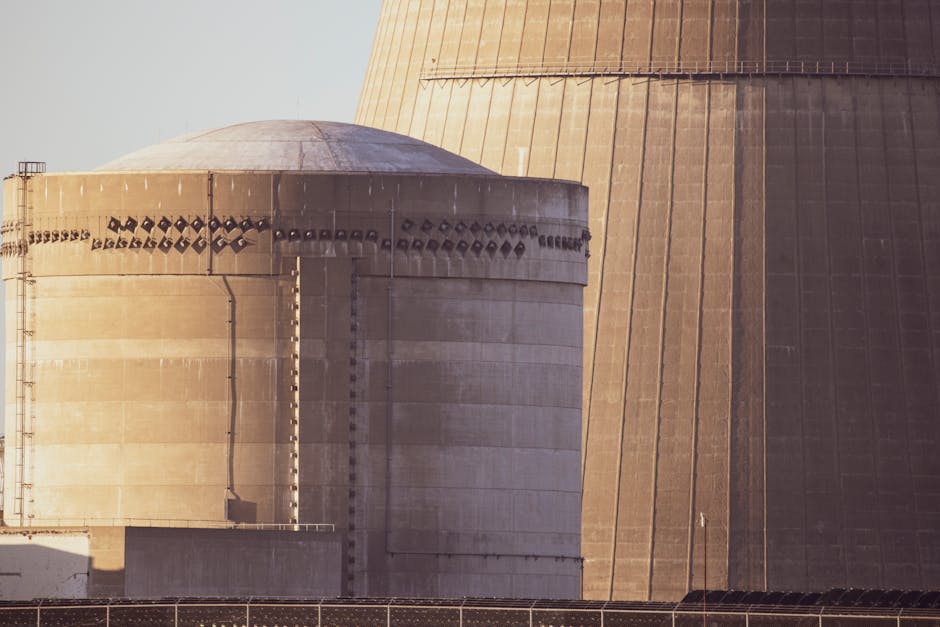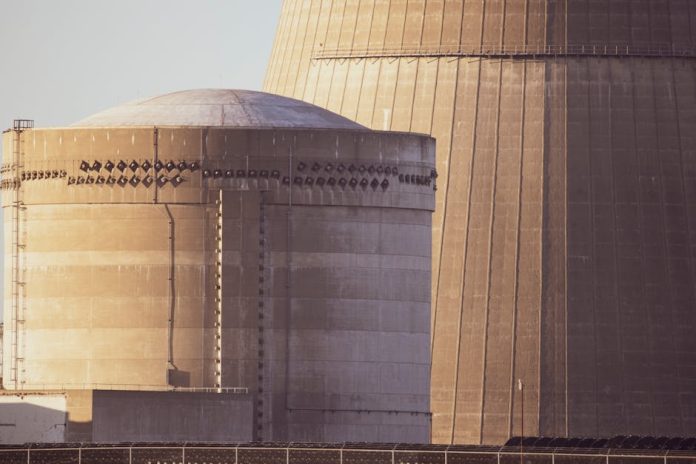
The whispers and headlines about Iran’s nuclear program are a constant fixture in global security discussions. But when reports emerge suggesting damage or even obliteration of key facilities, it’s natural to wonder: what’s really going on behind closed doors? Are Iran’s nuclear ambitions truly inoperable, or is this a case of heightened tensions and carefully calibrated information?
For years, the international community has been deeply concerned about Iran’s uranium enrichment activities and its potential to develop nuclear weapons. This concern has led to a complex web of sanctions, diplomatic efforts, and, at times, clandestine actions. The International Atomic Energy Agency (IAEA) plays a crucial role in monitoring Iran’s nuclear sites, but their access and the information they can gather are not always absolute, leading to a degree of speculation.
Recent reports, often fueled by intelligence assessments or satellite imagery, have pointed to incidents at facilities like Natanz and Arak. These events, ranging from unexplained fires to explosions, have sparked intense debate. Is this the result of targeted sabotage, accidental damage, or a calculated move to slow down or halt specific aspects of Iran’s nuclear work? The precise nature and extent of any damage remain subjects of intense scrutiny and differing interpretations.
Understanding the status of Iran’s nuclear facilities requires a careful examination of available evidence, rather than relying solely on sensationalized reports. Key questions revolve around the operational status of enrichment centrifuges, the amount of enriched uranium Iran possesses, and the progress made on heavy water reactors. Each of these elements is a critical piece of the puzzle in assessing the overall state of Iran’s nuclear program.
The geopolitical implications of any damage or disruption to Iran’s nuclear infrastructure are immense. It raises questions about regional stability, the effectiveness of international monitoring, and the ongoing efforts to prevent nuclear proliferation. As the situation continues to evolve, keeping a critical eye on credible sources and understanding the nuances of nuclear technology and international relations will be essential in deciphering the true state of Iran’s nuclear facilities.

